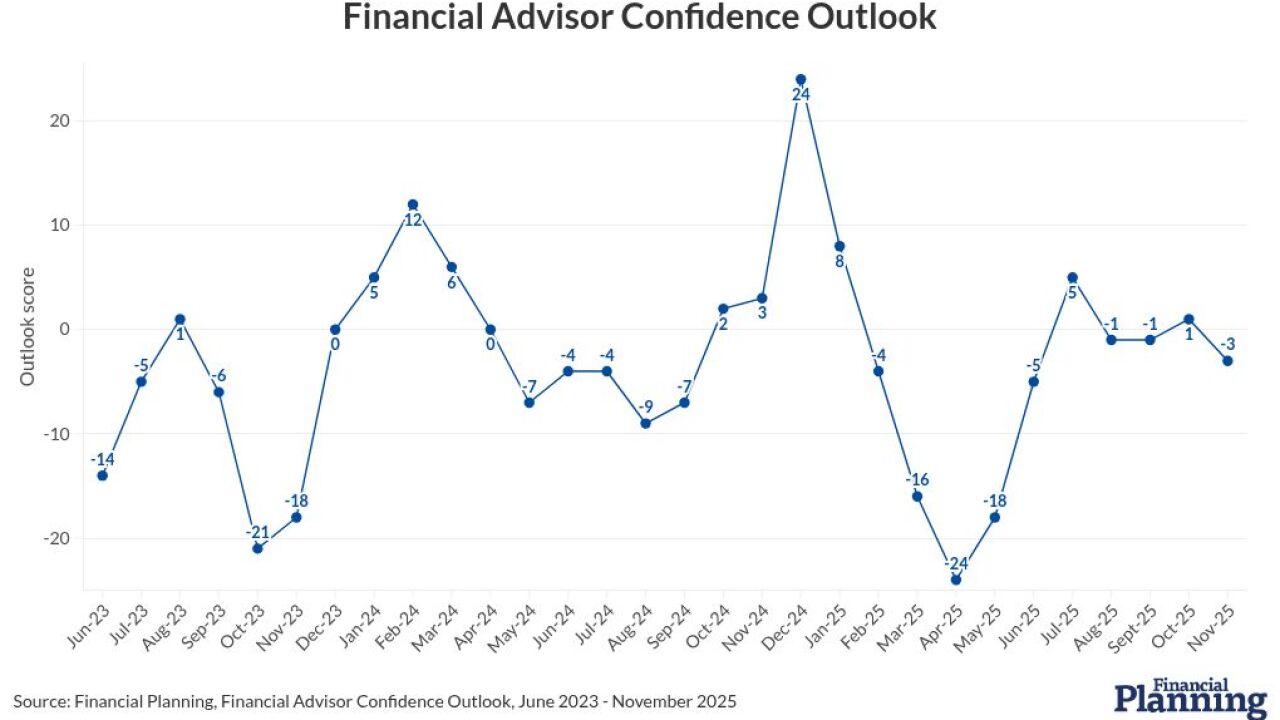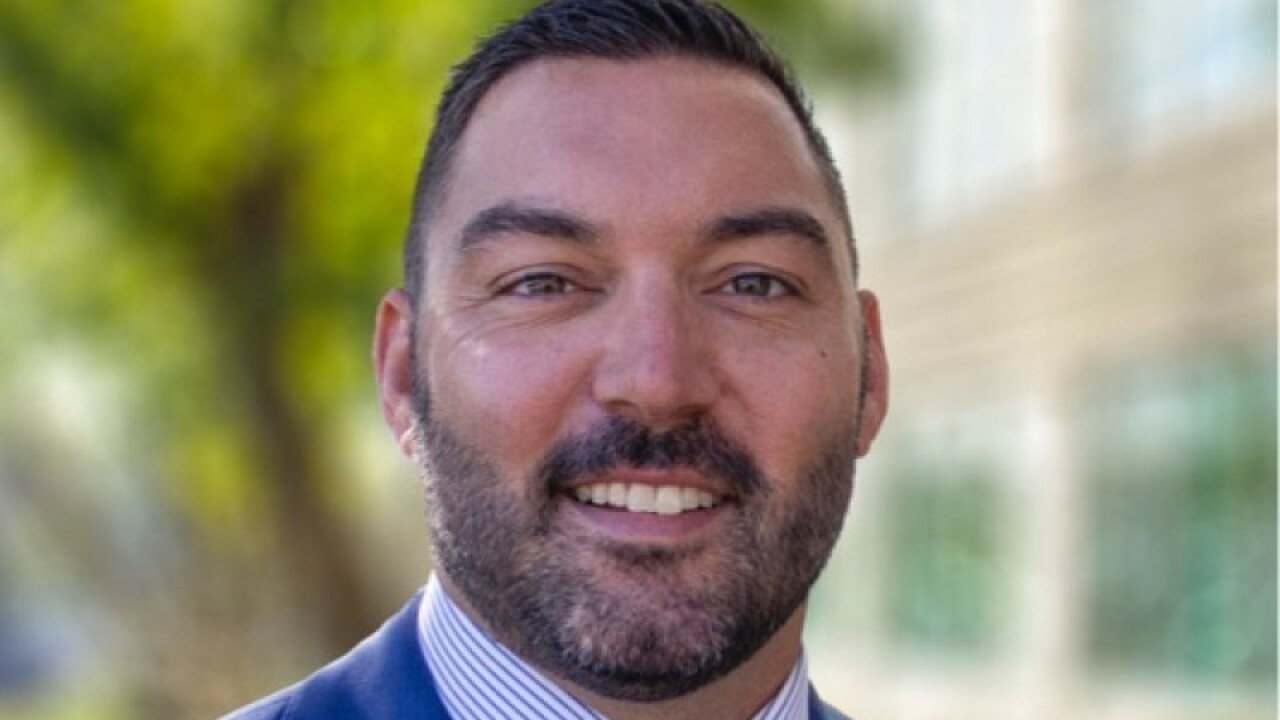Auto-enrolling employees in 401(k) plans leads to higher contribution levels, according to a new study from Bank of America Merrill Lynch.
Streamlining the enrollment process and setting employees up with a gradually increasing contribution rate further boosts employees savings levels and improves the likelihood that they will meet their retirement goals, the study finds.
The more you can implement automation, the more employees will engage, says Kevin Crain, senior relationship executive for Bank of America Merrill Lynch.
The 401(k) Wellness Scorecard, a quarterly study, looked at the behavior of participants in the banks retirement and benefit plan services business. That unit had about $120 billion in client plan assets and 2.5 million plan participants as of the end of last year.
More than 500,000 401(k) plan participants either started making or increased their contributions during the fourth quarter of 2013, a 10% jump from the same period a year earlier. The study attributes the increase to auto-enrollment, noting that plans that automatically enrolled employees had much greater participation than those that didnt, and that auto-enrolled employees were more likely to up their contribution rate.
Crain says that auto-enrollment has proven enormously helpful in getting employees to begin saving for retirement. Its not that they were not saving because they didnt want to, they were busy and didnt think about it, he says.
Bruce Gsell, a Merrill Lynch advisor based in Edison, N.J., says its significantly easier to convince plan participants to raise their savings rate to meet their retirement goals if they are already contributing.
When they are already auto-saving at 3%, and you say they need to be at 5%, theyre okay with it because they already dont miss the money. They get it, Bruce says. Its clearly a lot easier than telling someone who is at 0% that they need to be saving 6%.
Bank of America Merrill Lynch has also seen increasing adoption of its advisory service, Advice Access, a compliment to its 401(k) plans that provides participants saving and investment advice, via online, telephone and in-person. Nearly 600 employers offer the service, up 14% last year.
This is in line with another Merrill study, conducted nationally last year, in which 60% of employees surveyed indicated that they wanted help managing their retirement savings.
Gsell says that he has seen an uptick in demand for advisory services related to 401(k) plans, and that employees increasingly expect employers to offer these kinds of retirement and financial planning services.
Employees have a need: they dont feel they are saving enough, and they want help and tools to get there, he says.
The study also revealed that employees were availing themselves of health savings accounts to an even greater degree. The number of employees with HSA accounts at Merill jumped 56% last year to 290,000.
Crain said this was an encouraging trend, but that it will take time to see whether people continue to invest in HSAs for their medical care over the long-term.
Read more:





